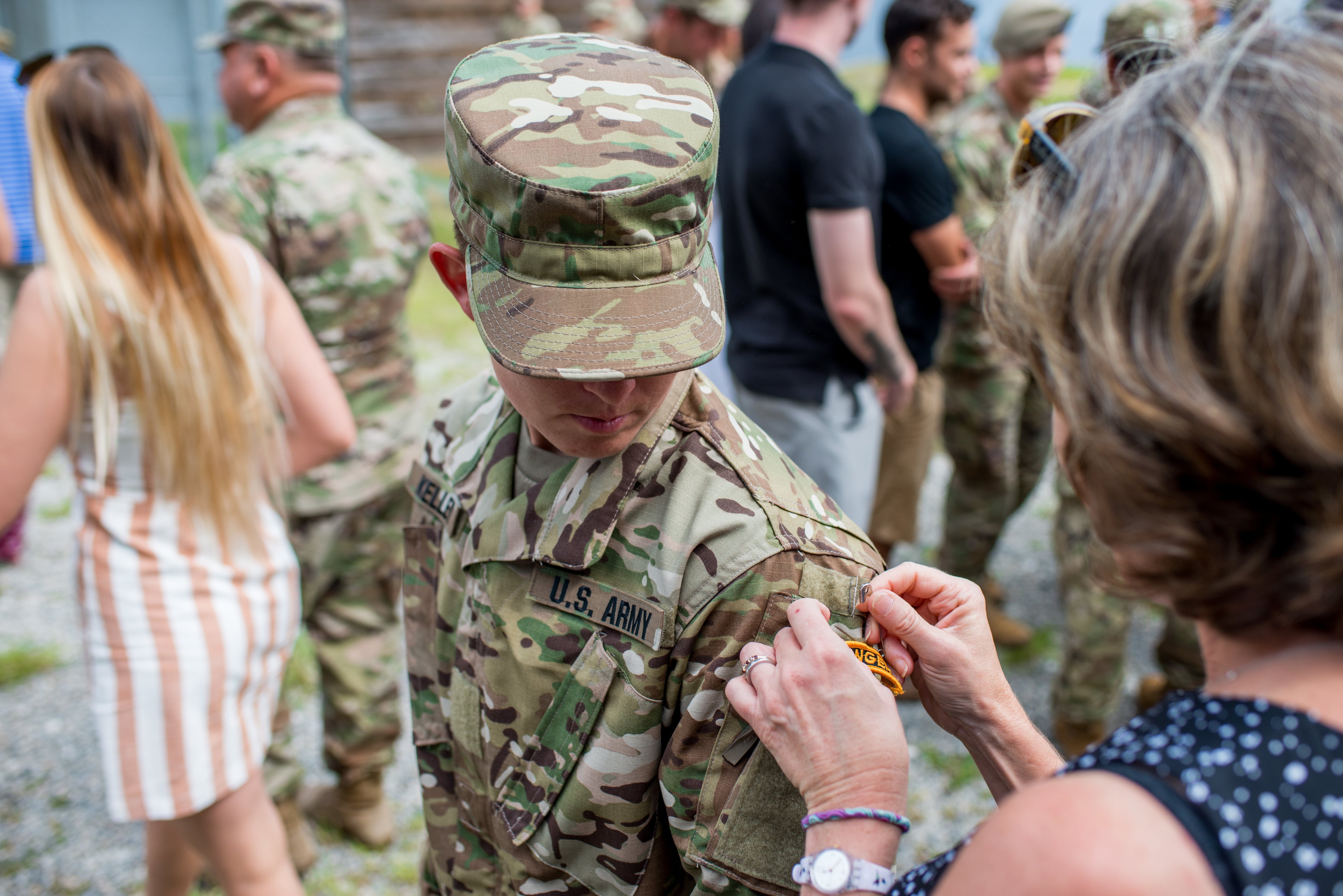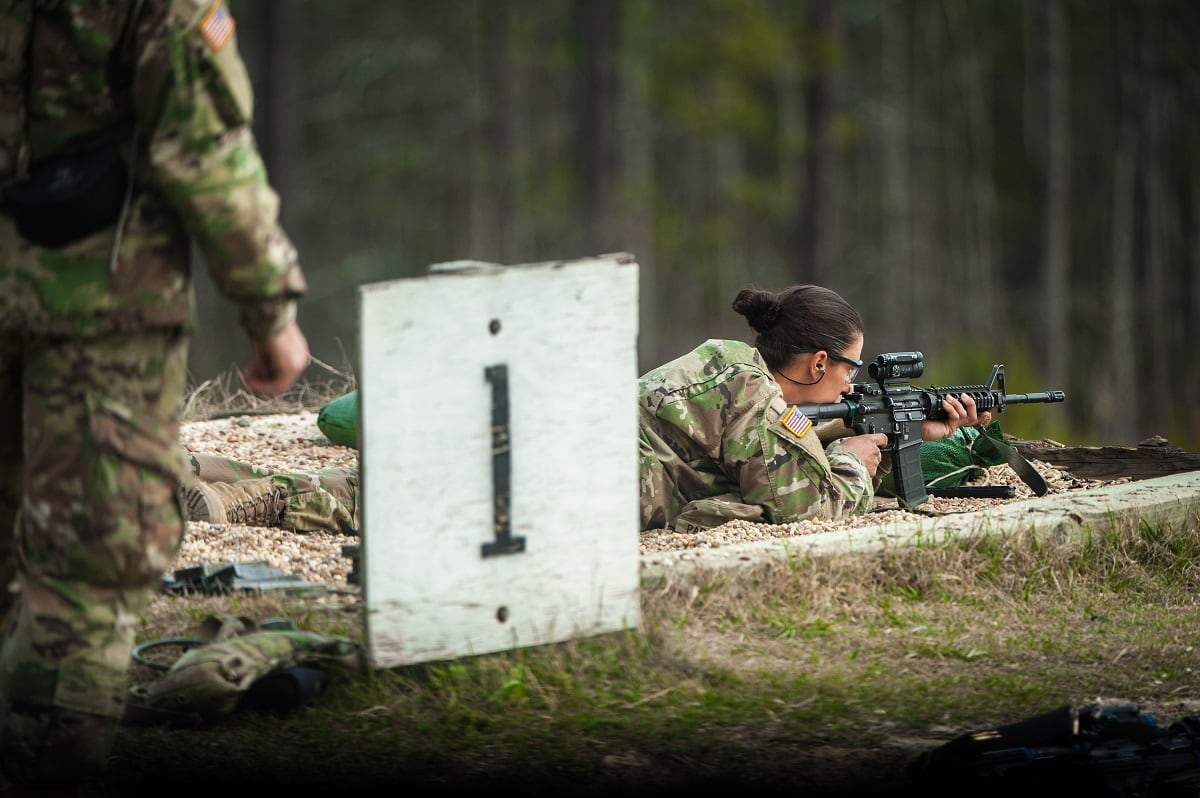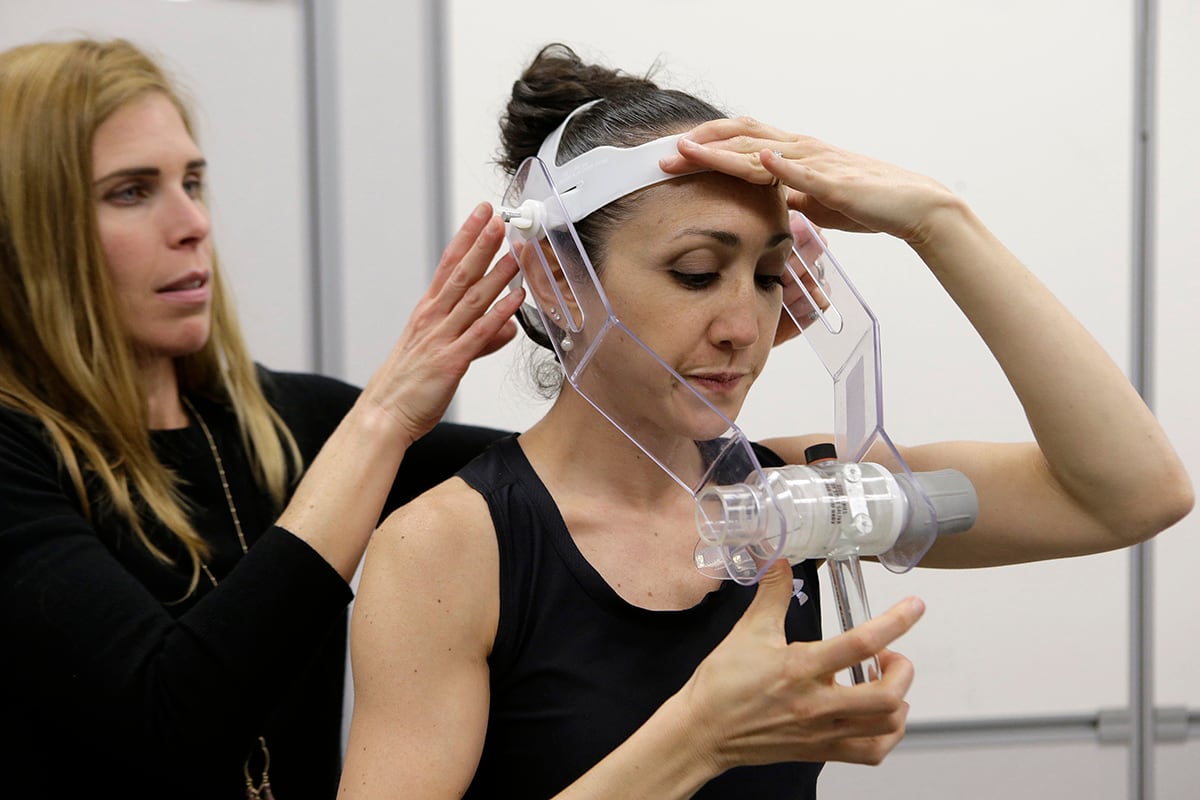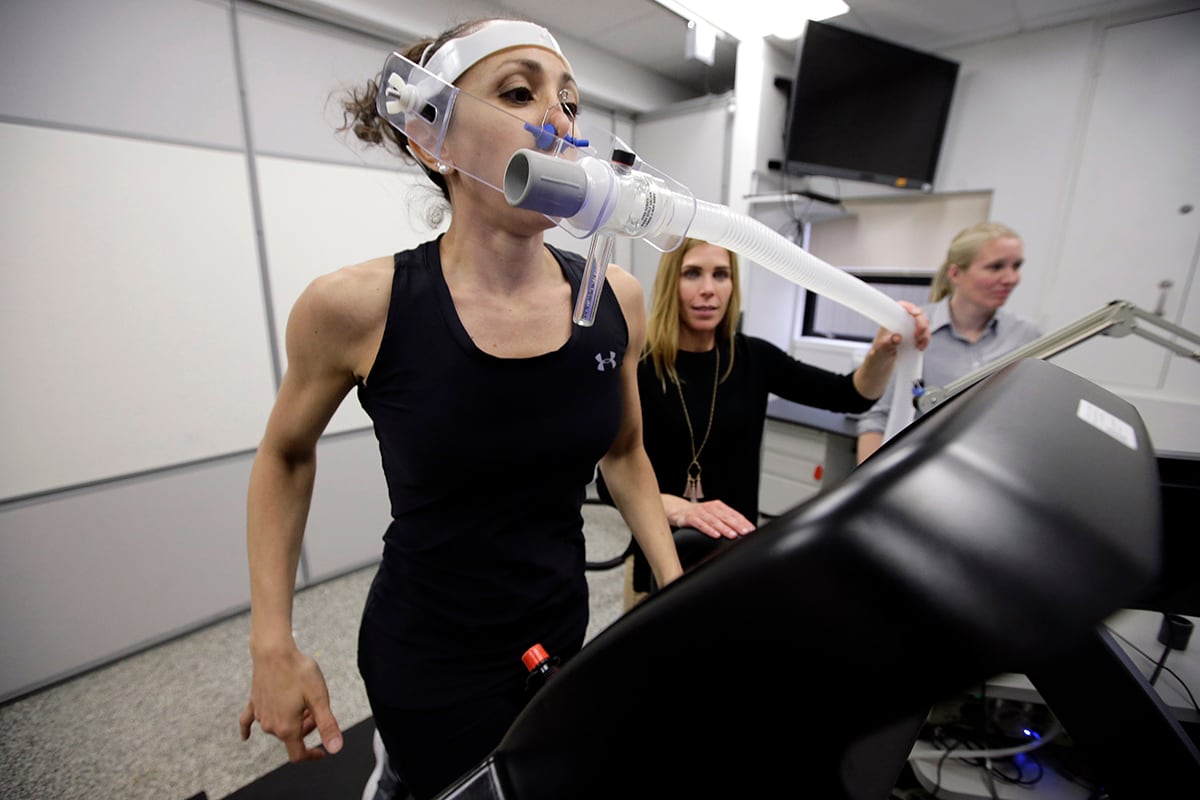ARMY SOLDIER SYSTEMS CENTER, Mass. — In the nearly four years since the Pentagon announced it was opening all combat jobs to women, at least 30 have earned the Army Ranger tab, two have graduated Marine infantry school and three have passed the grueling initial assessment phase for Green Beret training.
Their numbers are small, but their completion of some of the military’s most arduous physical and mental courses has raised an intriguing scientific question: Who are these “hyperfit” women and what makes them so competitive?
Army medical researchers hope to uncover answers in a just-launched voluntary study.
“We’re really interested in those elite women that are the first to make it through physically demanding training,” said Holly McClung, a nutritional physiologist at the Army Research Institute of Environmental Medicine in Massachusetts. “The real point of the study is to characterize this unique cohort of women that has made it through these traditionally male trainings.”
RELATED

During early debate on the move to open all combat jobs to women, military leaders raised questions about whether women were up to the jobs or if putting them on the front lines would make units less capable. The Marine Corps sought an exemption to keep some combat jobs closed for precisely that reason, but they were overruled by then-Defense Secretary Ash Carter.
Women, however, have increasingly made it through the nine-week Ranger course, and the numbers of those trying out for other special operations jobs is slowly inching up. The courses all encompass a number of phases and run from about nine weeks to a year or two for the most elite commando jobs.
They involve a wide array of grueling physical fitness tests, combat water survival, day and night land navigation, long road marches carrying heavy packs, extended patrols through various climates, and extensive mental, psychological and leadership testing.
The goal, said McClung, is to identify the attributes — whether mental, physical or psychological — that help the women succeed. By unlocking those secrets, maybe they can help other women compete for the same jobs.
RELATED

In a small basement office at this Army base in Natick, Massachusetts, McClung and Julie Hughes, a research physiologist, are setting up a treadmill that’s linked to a nearby computer. They plan to have the women use a mask and breathing apparatus to calculate each participant’s vo2 Max score, a key fitness indicator. The score measures how many millileters of oxygen used per kilogram of body weight per minute; in other words, how much oxygen is being used at a person’s peak exercise rate.
An average sedentary person may have a score of about 30. Top athletes — runners and cyclists — can score in the 80s.
The plan, at this point, is to have the military women come to Natick, in groups of two or three, and go through a range of tests over three days to identify biological and physiological markers that help define them as hyperfit. Having several tested at the same time, McClung said, will make it more interesting and encourage competition.
“This is a unique historical time,” said Hughes. “There’s this group of women who made it through the training so we want to get them to at least do these observational investigations to explore what makes them unique.”

That breathing test, along with others on their blood, calcium and iron levels, as well as bone density scans and exercise programs will be used to determine the women’s physical fitness. Other written tests and interviews will evaluate their mental toughness and psychological resilience.
The women will take three psychological exams that are designed to determine their grit, hardiness and resilience.
For example, the military version of the resilience test lists statements and asks people to determine on a scale of one to five if the statement is definitely or mostly false, “don’t know” or mostly or definitely true. Some examples of the statements are: I enjoy most things in life; I often feel helpless; I like to have a lot of structure in my life; I carefully plan just about everything I do; it bothers me when my daily routine gets interrupted; and my successes are because of my effort and ability.
Mark Esper, President Donald Trump’s nominee for defense secretary, said the study will be important to help understand fitness and perhaps reduce injury rates. He was serving as Army secretary when this study was first broached.
“My belief is it’s grit — grit gets them through this,” he said. “You have to have a certain level of athletic ability, but they take it to an extraordinary level. These women are tough.”
McClung said she received word on July 12 that the final study was approved. She said that if more women graduate from any of the military training courses, they could be added to the study.
McClung and Hughes also said they hope to be able to compare the women’s results with similar testing on men.
It will be up to the women to decide if they want to participate. But based on feedback from some of the women, they think a number of them will want to take part in the study.
“I think we’re encouraged that they’ll be willing to participate,” Hughes said. “They want to be counted.”




